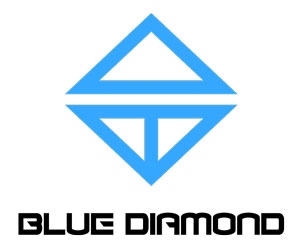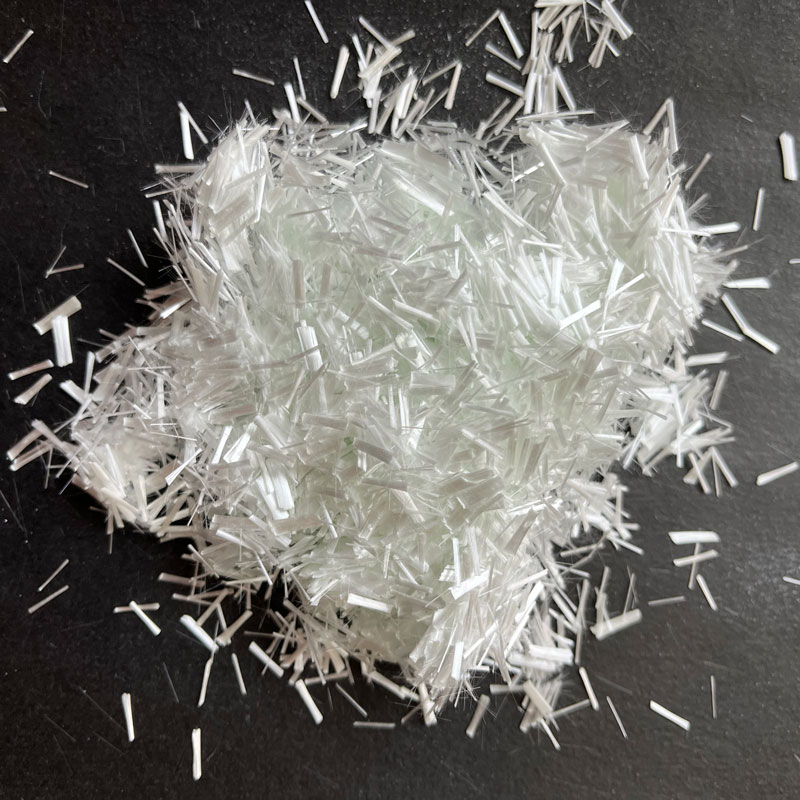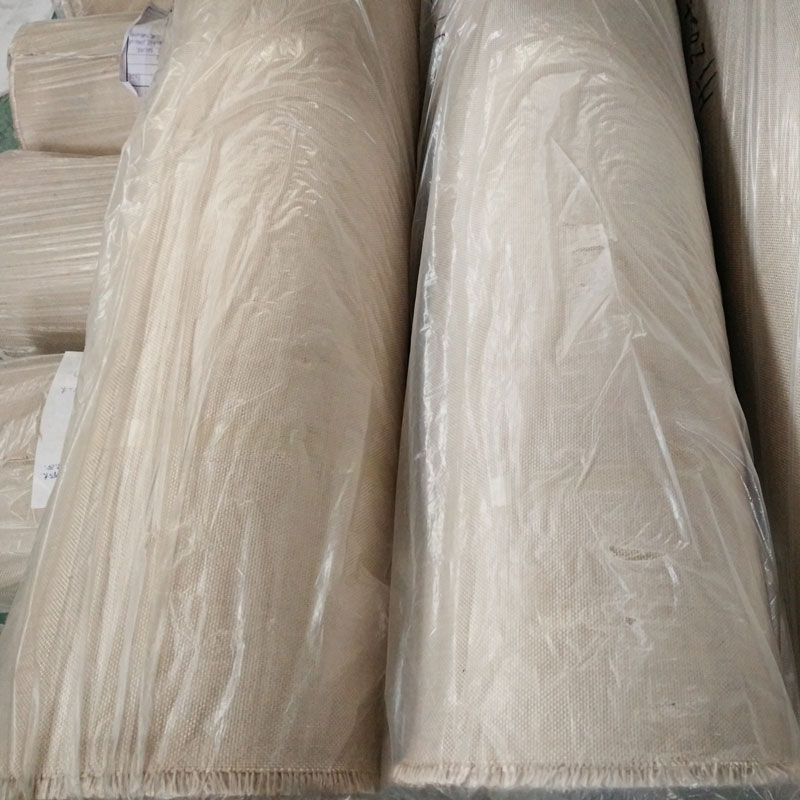
China CPVC plaster mesh fabric factory
Are you looking for a reliable supplier?China CPVC plaster mesh fabric factory? Learn about the key aspects of choosing quality products, the main characteristics and applications of chlorinated polyvinyl chloride (CPVC) mesh in construction and decoration.
What's happenedCPVC plaster mesh fabric?
CPVC plaster mesh fabric– this is a material used for reinforcing plaster and putty layers. It is made from chlorinated polyvinyl chloride (CPVC), which gives it several advantages over traditional materials such as fiberglass. Hebei Blue Diamond International LLC offers a wide range of these products that meet high quality standards. Their products can be found on the websitehttps://www.ifiberglass.ru/.
Benefits of useCPVC plaster mesh fabric
- Resistance to alkaline environment:CPVC is not destroyed by the alkali contained in plaster solutions.
- High strength:Provides reliable reinforcement and prevents the formation of cracks.
- Light weight:Simplifies the installation process and does not create additional load on the structure.
- Easy to use:Easy to cut and install, adapts to complex surface shapes.
- Durability:The material retains its properties for a long time.
ApplicationsCPVC plaster mesh fabric
CPVC plaster mesh fabricWidely used in the following fields:
- Plaster reinforcement:For interior and exterior work, prevents cracking of the plaster layer.
- Strengthening the putty:Creates a smooth and even surface for painting or wallpaper.
- Insulation of facades:Used in insulation systems to protect insulation from mechanical damage.
- Restoration work:When restoring old buildings to strengthen weakened structures.
- Finishing complex surfaces:Used on curved and uneven surfaces.
How to chooseChina CPVC plaster mesh fabric factory
When choosingChina CPVC plaster mesh fabric factoryThe following factors should be taken into account:
- Manufacturer reputation:Read reviews about the company and its products.
- Availability of quality certificates:Make sure the products meet international standards.
- Specifications:Evaluate the strength, density and other parameters of the mesh.
- Pricing policy:Compare prices from different manufacturers and choose the optimal price-quality ratio.
- Delivery terms:Check delivery times and payment terms.
SpecificationsCPVC plaster mesh fabric(Example)
| Parameter | Meaning |
|---|---|
| Material | Chlorinated polyvinyl chloride (CPVC) |
| Density | Depending on the manufacturer (for example, 120-160 g/m2) |
| Cell size | 4x4mm, 5x5mm (most common) |
| Roll width | 1 m |
| Roll length | 50 m, 100 m |
| Tensile strength | Depending on the manufacturer (to be clarified) |
*Data is indicative only. Please refer to manufacturer's specifications for exact information.
Installation stagesCPVC plaster mesh fabric
- Surface preparation:Clean the surface from dust, dirt and old coatings.
- Application of adhesive composition:Apply a thin layer of adhesive to the surface.
- Laying the mesh:Distribute the mesh evenly over the surface, pressing it into the adhesive.
- Alignment:Make sure the mesh lies flat and without wrinkles.
- Applying plaster/putty:Apply a layer of plaster or putty over the mesh.
Where to buy qualityCPVC plaster mesh fabricin China?
Hebei Blue Diamond International Co.,Ltd is one of the leadingChina CPVC plaster mesh fabric factory. The company offers a wide range of products that meet high quality standards and satisfy the needs of the most demanding customers. You can visit the sitehttps://www.ifiberglass.ru/to view the full product catalog and get expert advice. The company guarantees the reliability and durability of its products, offering optimal solutions for various construction tasks.
Frequently asked questions (FAQ)
What is the service lifeCPVC plaster mesh fabric?
Service lifeCPVC plaster mesh fabricdepends on operating conditions and quality of the material, but on average it lasts 25-50 years.
Can I useCPVC plaster mesh fabricfor outdoor work?
Yes,CPVC plaster mesh fabricSuitable for outdoor use as it is resistant to weather conditions.
How to choose the correct grid cell size?
The mesh cell size is selected depending on the type of plaster and layer thickness. For thin layers, it is recommended to use a fine-mesh mesh.
Correspondingproducts
Related Products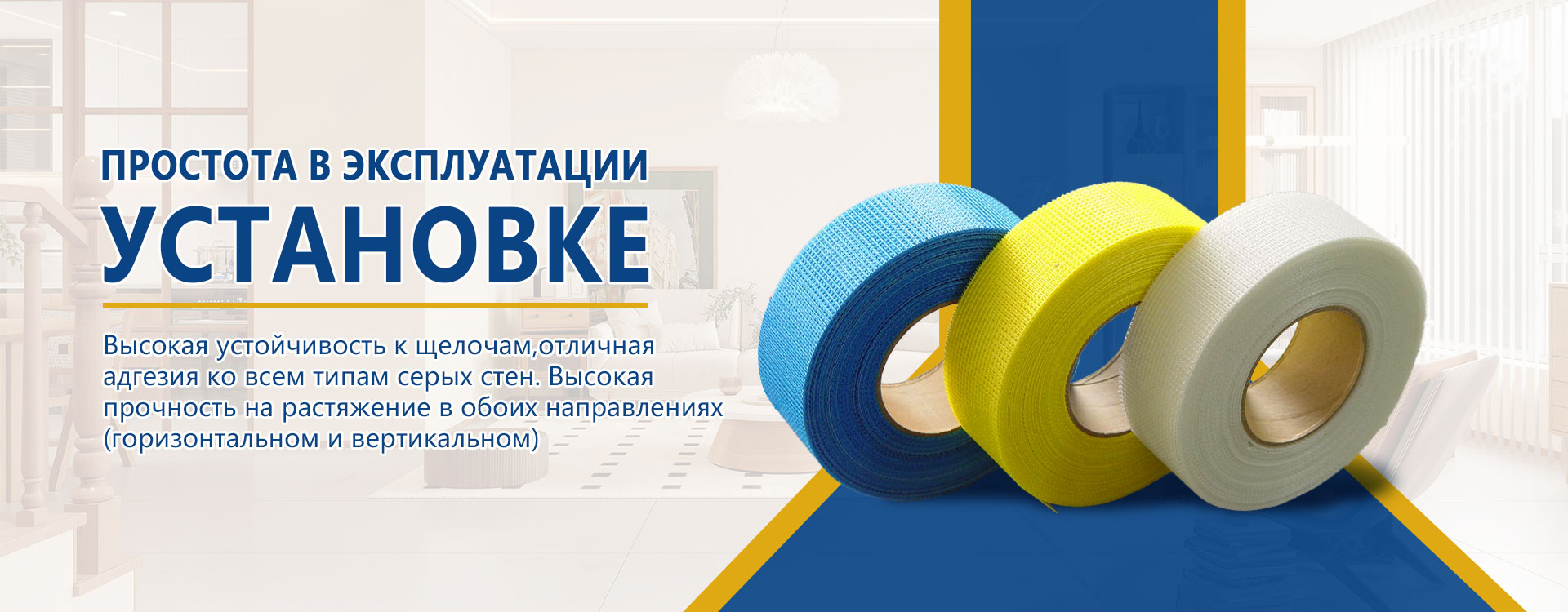
Best Sellingproducts
Best Selling Products-
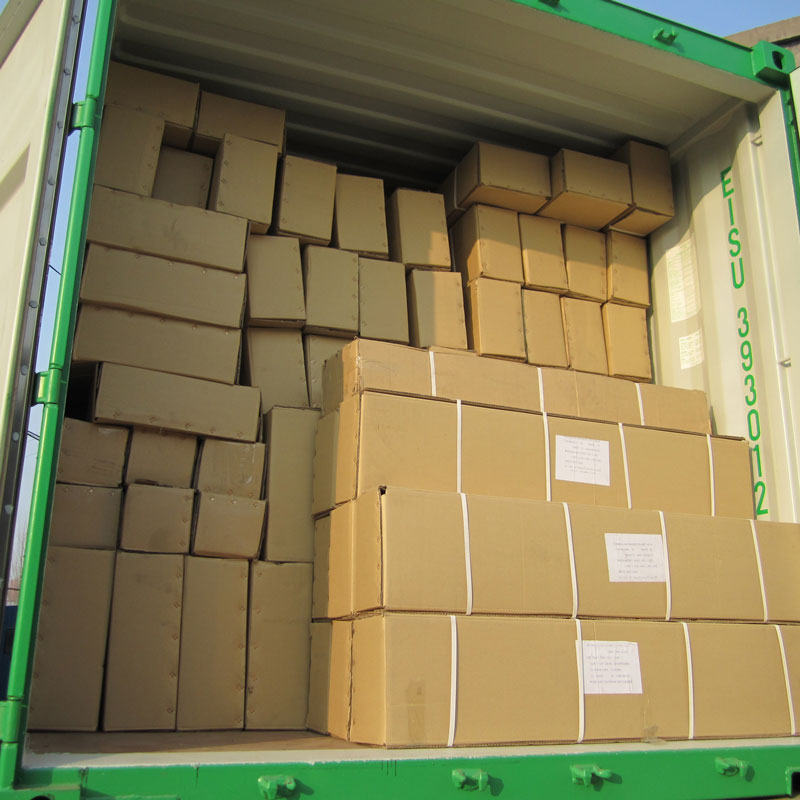 Fiberglass Window Screen
Fiberglass Window Screen -
 Spray masking protective film
Spray masking protective film -
 Fiberglass Mesh Fabric for EPS Special Improvement Line
Fiberglass Mesh Fabric for EPS Special Improvement Line -
 Fiberglass reinforced plastic board
Fiberglass reinforced plastic board -
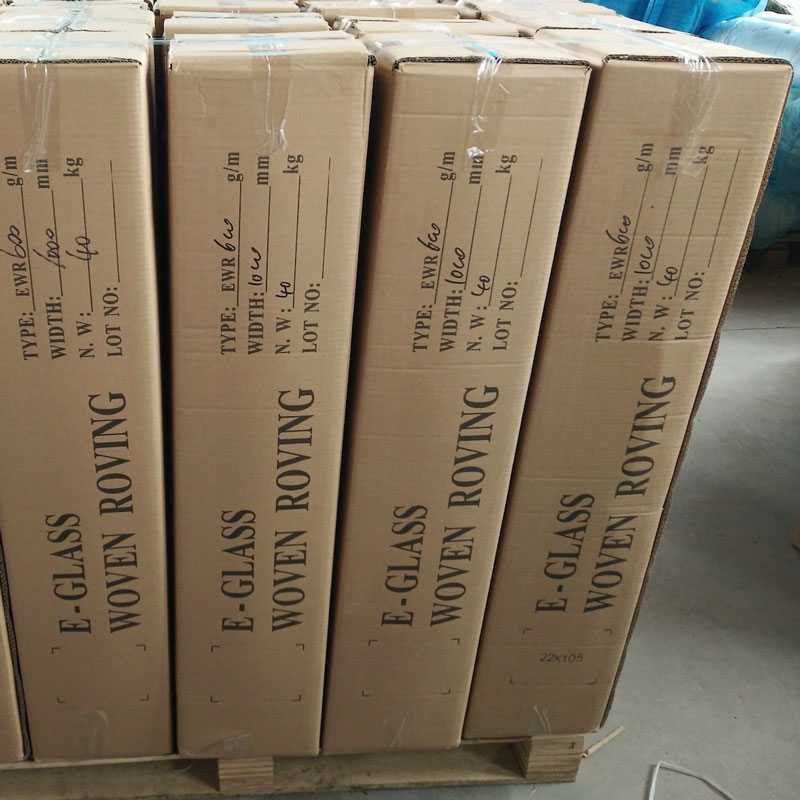 Fiberglass woven roving
Fiberglass woven roving -
 Fiberglass mesh fabric for wall insulation and reinforcement.
Fiberglass mesh fabric for wall insulation and reinforcement. -
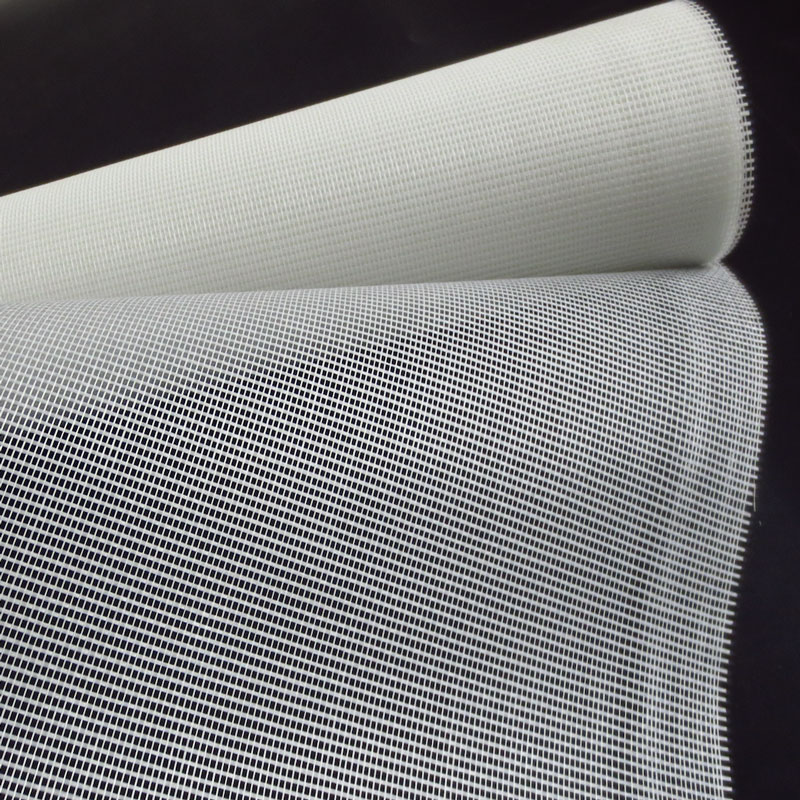 Fiberglass mesh for roof waterproofing
Fiberglass mesh for roof waterproofing -
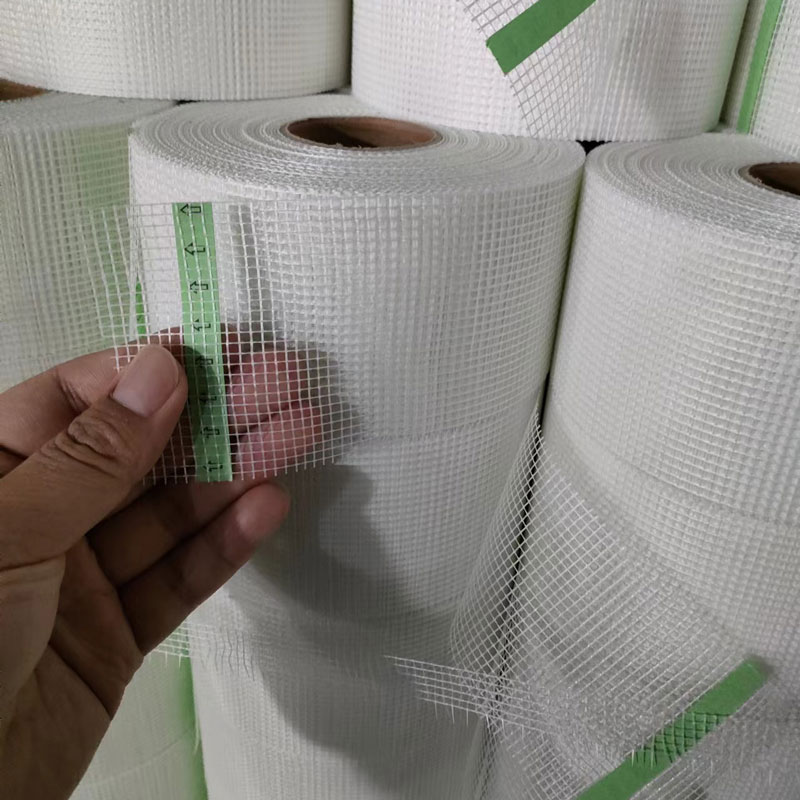 Fiberglass mesh tape
Fiberglass mesh tape -
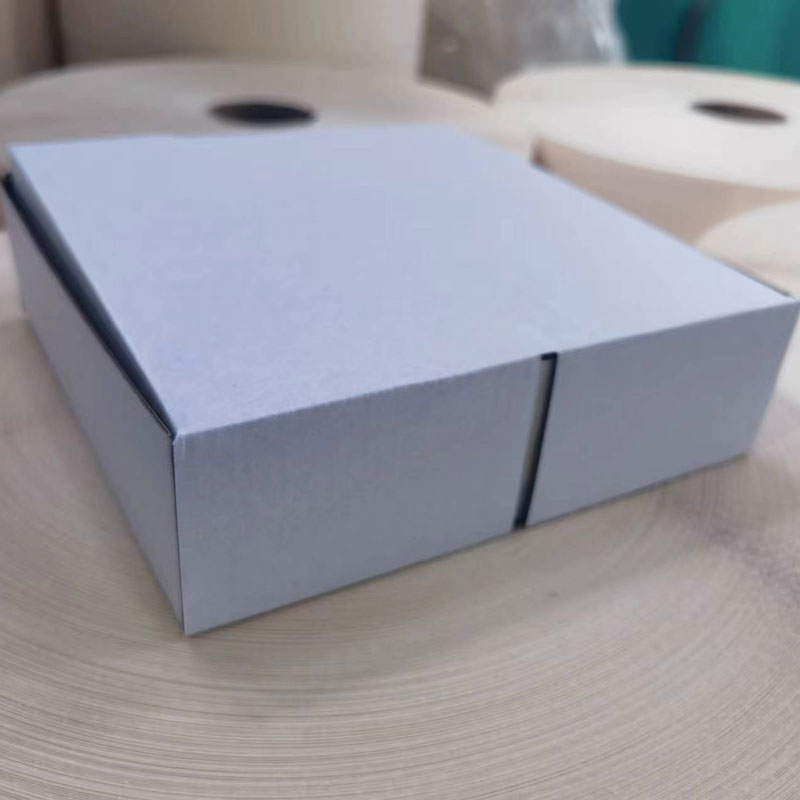 Metal Corner Tape
Metal Corner Tape -
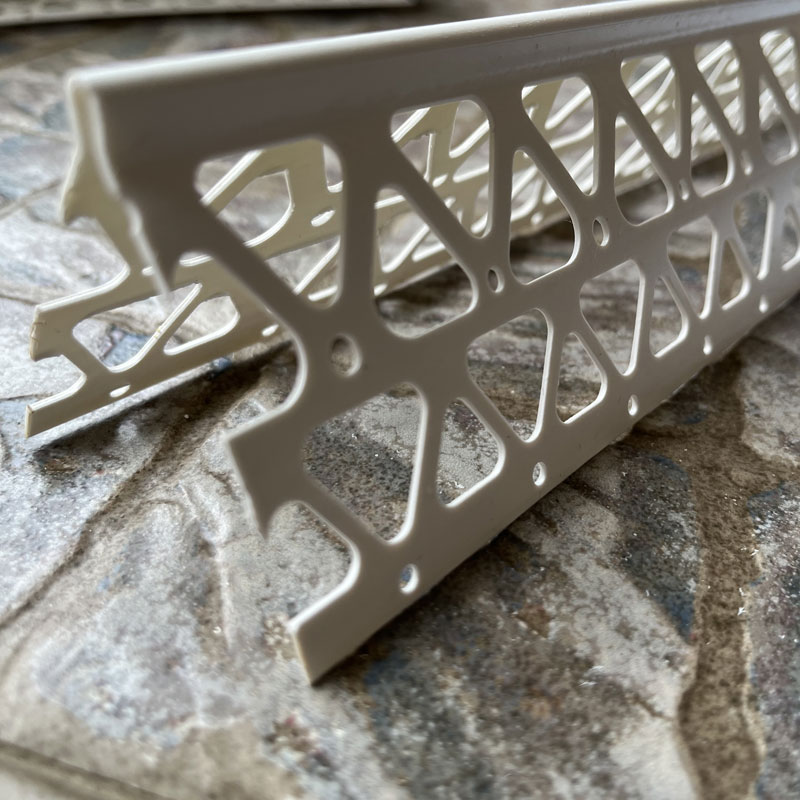 PVC corner edge
PVC corner edge -
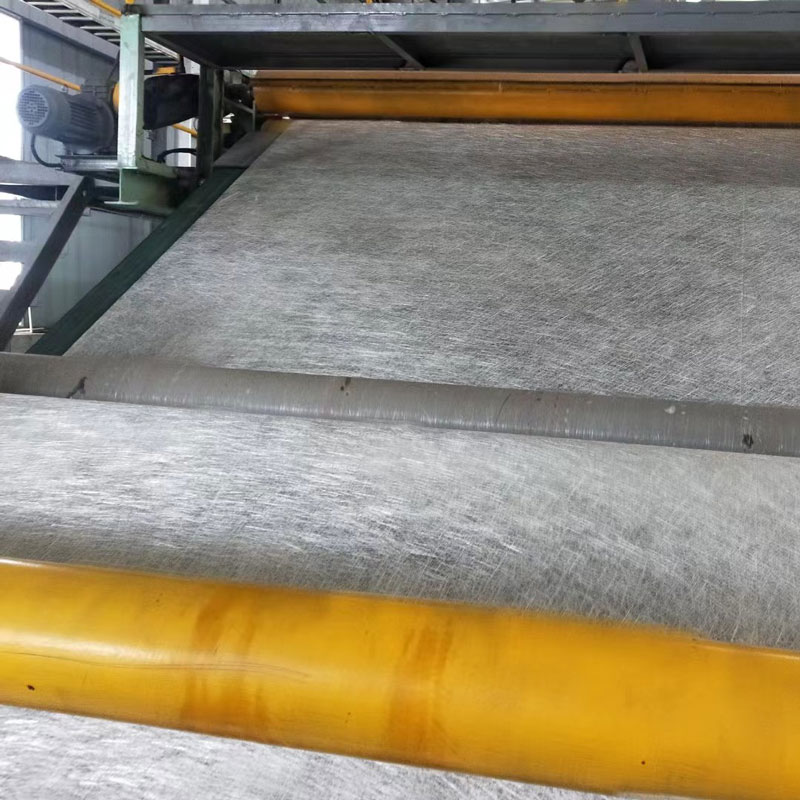 Chopped fiberglass felt
Chopped fiberglass felt -
 Fiberglass Mesh Fabric for Reinforcement of Stone and Mosaic Substrate
Fiberglass Mesh Fabric for Reinforcement of Stone and Mosaic Substrate
Connectedsearch
Related Search- Cheap 10x10mm fiberglass mesh curtain wall mesh fabric manufacturers
- Cheap gypsum mesh 5 5 manufacturers
- Cheap Mesh Plaster Manufacturers
- Chinese supplier fiberglass curtain wall mesh krepix
- China Suppliers 5x5mm Fiberglass Mesh Fabric for Plaster
- Chinese supplier 5x5mm fiberglass plaster mesh fabric
- Manufacturers of 5x5mm fiberglass mesh painted mesh from China
- Fiberglass Floor Mesh Manufacturers in China
- Cheap Exterior Fiberglass Mesh Fabric 5x5 Manufacturers
- China Fiberglass Mesh Suppliers for Spray Painting
